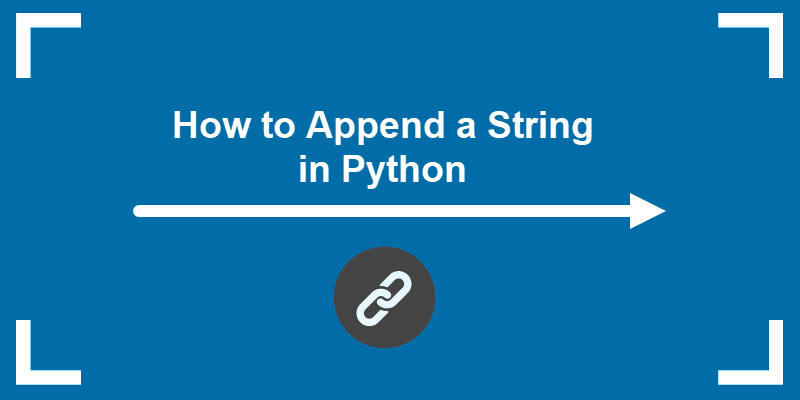Introduction to String Appending in Python
Strings are an essential data type in Python, and being able to manipulate and modify them is a common task in programming. One common operation is appending one string to another. In this article, we will explore various techniques to append strings in Python. We will cover concatenation, using the += operator, and the join method. By the end of this tutorial, you will have a solid understanding of how to append strings effectively in Python.
Concatenation Operator (+)
One way to append strings in Python is by using the concatenation operator (+). The concatenation operator combines two or more strings into a single string. Here’s an example:
string1 = "Hello"
string2 = "World"
result = string1 + " " + string2
print(result) # Output: Hello World
In this example, we concatenate string1, a space, and string2 using the + operator. The resulting string is assigned to the result variable and printed.
Using the += Operator
Python also provides the += operator, which is a shorthand way to append a string to an existing string variable. Here’s an example:
string = "Hello"
string += " World"
print(string) # Output: Hello World
In this example, we use the += operator to append the string ” World” to the existing string stored in the string variable.
Using the join Method
The join method is another effective way to append strings in Python. It concatenates multiple strings from an iterable using a specified separator. Here’s an example:
strings = ["Hello", "World"]
result = " ".join(strings)
print(result) # Output: Hello World
In this example, we use the join method to concatenate the strings in the strings list with a space as the separator. The resulting string is assigned to the result variable and printed.
String Interpolation
String interpolation, also known as f-strings or formatted strings, is a powerful feature introduced in Python 3.6. It allows you to embed expressions inside string literals. Here’s an example:
name = "Alice"
age = 25
result = f"My name is {name} and I am {age} years old."
print(result) # Output: My name is Alice and I am 25 years old.
In this example, we use the curly braces {} to enclose the expressions name and age inside the string. The expressions are evaluated and replaced with their respective values in the resulting string.
Using the append Method (Mutable Strings)
In Python, strings are immutable, which means they cannot be modified once created. However, if you need to perform repeated string appending, you can use a mutable string object, such as a list, and then join the elements at the end. Here’s an example:
strings = ["Hello"]
strings.append(" World")
result = "".join(strings)
print(result) # Output: Hello World
In this example, we start with a list containing the string “Hello”. We use the append method to add the string ” World” to the list. Finally, we join the elements in the list to form a single string using the join method.
Conclusion
Appending strings is a common operation in Python, and understanding the different techniques available can help you manipulate strings effectively

My name is Mark Stein and I am an author of technical articles at EasyTechh. I do the parsing, writing and publishing of articles on various IT topics.








+ There are no comments
Add yours